
-

What is the cold working process for stainless steel strip
The cold processing technology of stainless steel strip refers to a series of processing procedures that change the size, shape, and mechanical properties (such as strength, hardness, toughness) of stainless steel strip through plastic processing methods such as rolling, stamping, bending, and stretching at room temperature or below the metal recrystallization temperature (usually ≤ 450 ℃), withou
2025-11-25 -

Why do mixing equipment require stainless steel coils
The mixing equipment uses stainless steel coils, with the core of utilizing their corrosion resistance, ease of processing, and hygiene grade characteristics to adapt to the working conditions of material mixing and ensure equipment stability. Core usage reasons 1. Corrosion resistance and adaptability to various materials: Stainless steel coils (commonly made of 304 and 316L materials) can resi
2025-11-18 -

How is the corrosion resistance of stainless steel coils achieved
The core of the corrosion resistance performance of stainless steel coils is the formation of a dense and stable passivation film on the surface, which, combined with alloy composition optimization and production process support, fundamentally blocks the contact between the corrosive medium and the substrate. The specific implementation logic is as follows:
2025-11-10 -

How to control the accuracy of stainless steel strip
The precision control of stainless steel strip is a full process management process that runs from raw materials to finished products, with the core being the control of rolling process and finishing treatment.
2025-11-05 -

In which fields are high-strength stainless steel coils suitable for application
This question focuses on the application scenarios of high-strength stainless steel coils, capturing the value point of their "high-strength" core characteristics. The core advantage of high-strength stainless steel coils is that they not only possess basic properties such as corrosion resistance and high temperature resistance, but also have higher tensile strength and fatigue resistance. They ar
2025-10-27 -

Where is the long-term economy of stainless steel strip reflected
The long-term economic core of stainless steel strip is reflected in three dimensions: low maintenance cost, long service life, and high material utilization rate. Although the initial procurement cost is higher than that of ordinary steel, the total cost of the entire life cycle is significantly lower.
2025-10-21 -

Introduce the basic treatment process of stainless steel coils
The basic treatment process of stainless steel coils refers to the core pretreatment process carried out from "stainless steel hot-rolled/cold-rolled coil products" to "downstream processing applications" to optimize their surface state, performance stability, and processing adaptability. It mainly revolves around the three goals of "surface cleaning, defect repair, and performance adjustment". Th
2025-10-14 -

What are the processing advantages of stainless steel strips
The processing advantage of stainless steel strip is essentially its dual advantage in material characteristics and process compatibility - it can adapt to various mainstream metal processing processes, maintain stable performance and controllable accuracy during the processing, while reducing processing difficulty and cost, and meeting the needs of different fields for "complex shapes, high preci
2025-10-10 -

What are the unique alloy compositions of stainless steel coils
The unique alloy composition core of stainless steel coils is chromium (Cr) and nickel (Ni), combined with elements such as carbon (C), molybdenum (Mo), titanium (Ti), etc., forming diverse properties through different proportions to adapt to different usage scenarios (such as rust prevention, high temperature resistance, and corrosion resistance).
2025-09-29 -

Introduce the processing techniques that affect the surface hardness of stainless steel strips
The processing technology that affects the surface hardness of stainless steel strips revolves around two main logics: "cold working deformation" and "heat treatment control". By changing the internal crystal structure of stainless steel strips (such as grain refinement and internal stress accumulation), their surface and overall hardness are directly determined. Among them, cold rolling process i
2025-09-23
- 11-252025
What is the cold working process for stainless steel strip
The cold processing technology of stainless steel strip refers to a series of processing procedures that change the size, shape, and mechanical properties (such as strength, hardness, toughness) of stainless steel strip through plastic processing methods such as rolling, stamping, bending, and stretching at room temperature or below the metal recrystallization temperature (usually ≤ 450 ℃), withou
- 11-182025
Why do mixing equipment require stainless steel coils
The mixing equipment uses stainless steel coils, with the core of utilizing their corrosion resistance, ease of processing, and hygiene grade characteristics to adapt to the working conditions of material mixing and ensure equipment stability. Core usage reasons 1. Corrosion resistance and adaptability to various materials: Stainless steel coils (commonly made of 304 and 316L materials) can resi
- 11-102025
How is the corrosion resistance of stainless steel coils achieved
The core of the corrosion resistance performance of stainless steel coils is the formation of a dense and stable passivation film on the surface, which, combined with alloy composition optimization and production process support, fundamentally blocks the contact between the corrosive medium and the substrate. The specific implementation logic is as follows:
- 11-052025
How to control the accuracy of stainless steel strip
The precision control of stainless steel strip is a full process management process that runs from raw materials to finished products, with the core being the control of rolling process and finishing treatment.
- 10-272025
In which fields are high-strength stainless steel coils suitable for application
This question focuses on the application scenarios of high-strength stainless steel coils, capturing the value point of their "high-strength" core characteristics. The core advantage of high-strength stainless steel coils is that they not only possess basic properties such as corrosion resistance and high temperature resistance, but also have higher tensile strength and fatigue resistance. They ar
 WeChat ID:www.80xycq.com
WeChat ID:www.80xycq.com




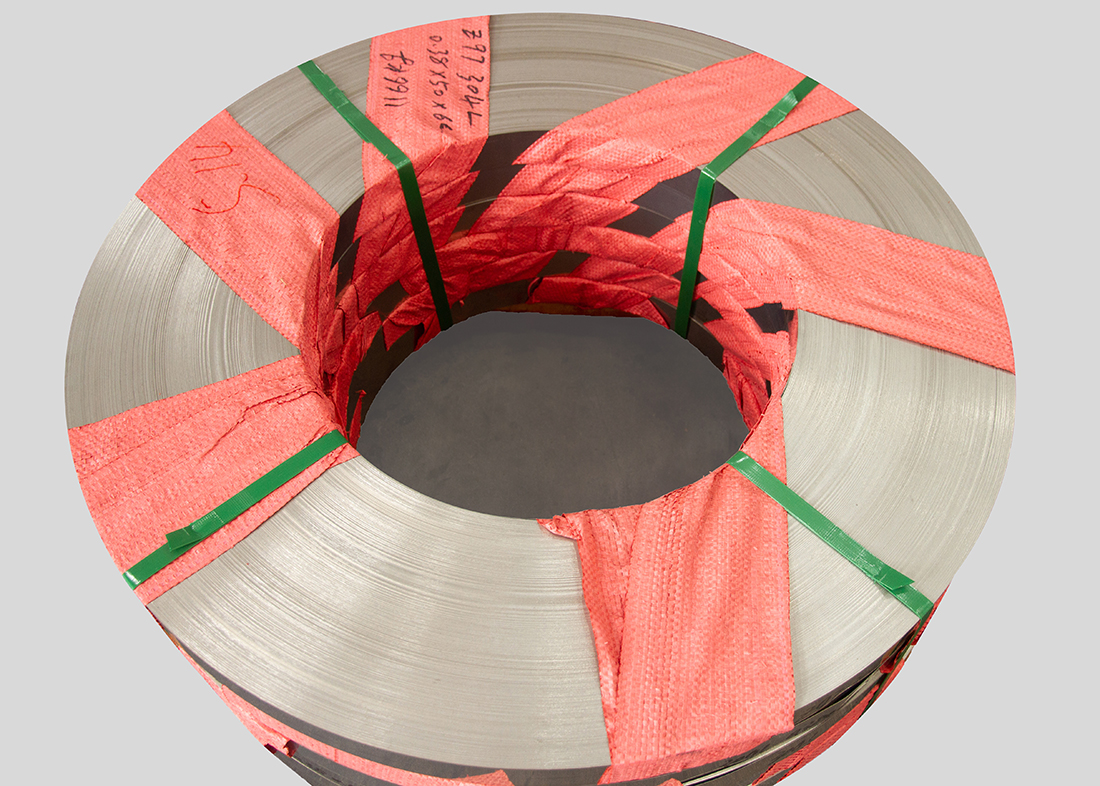
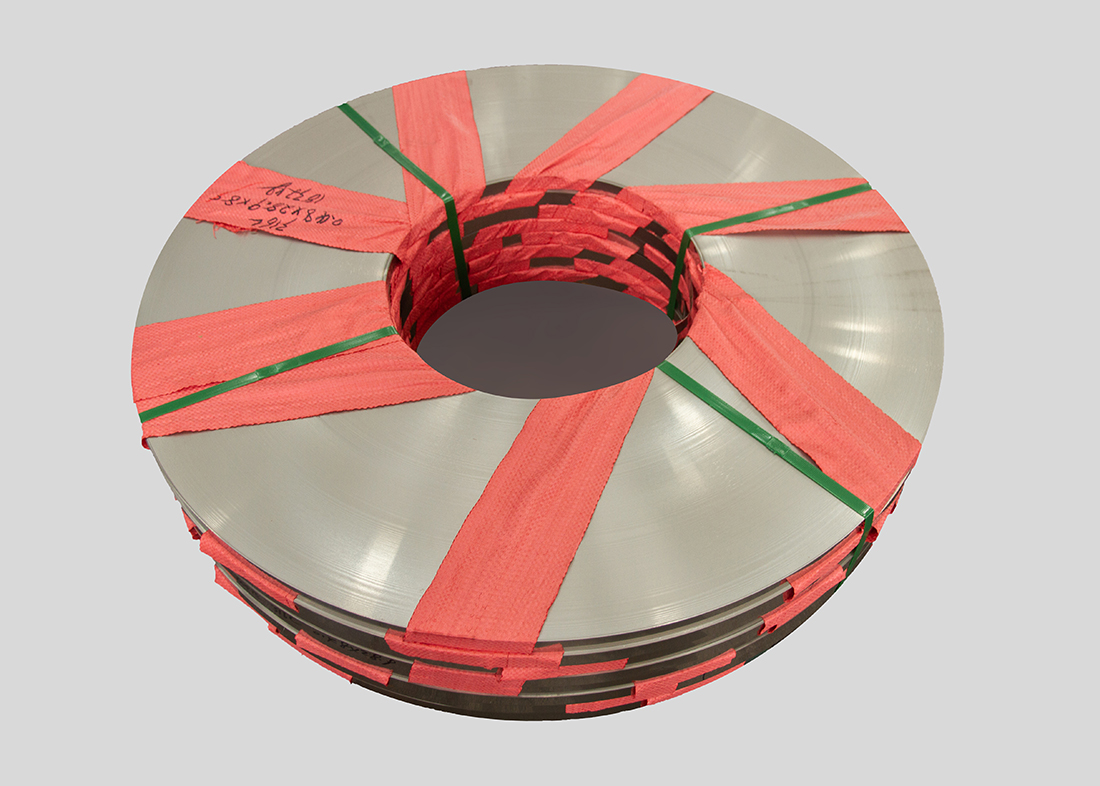
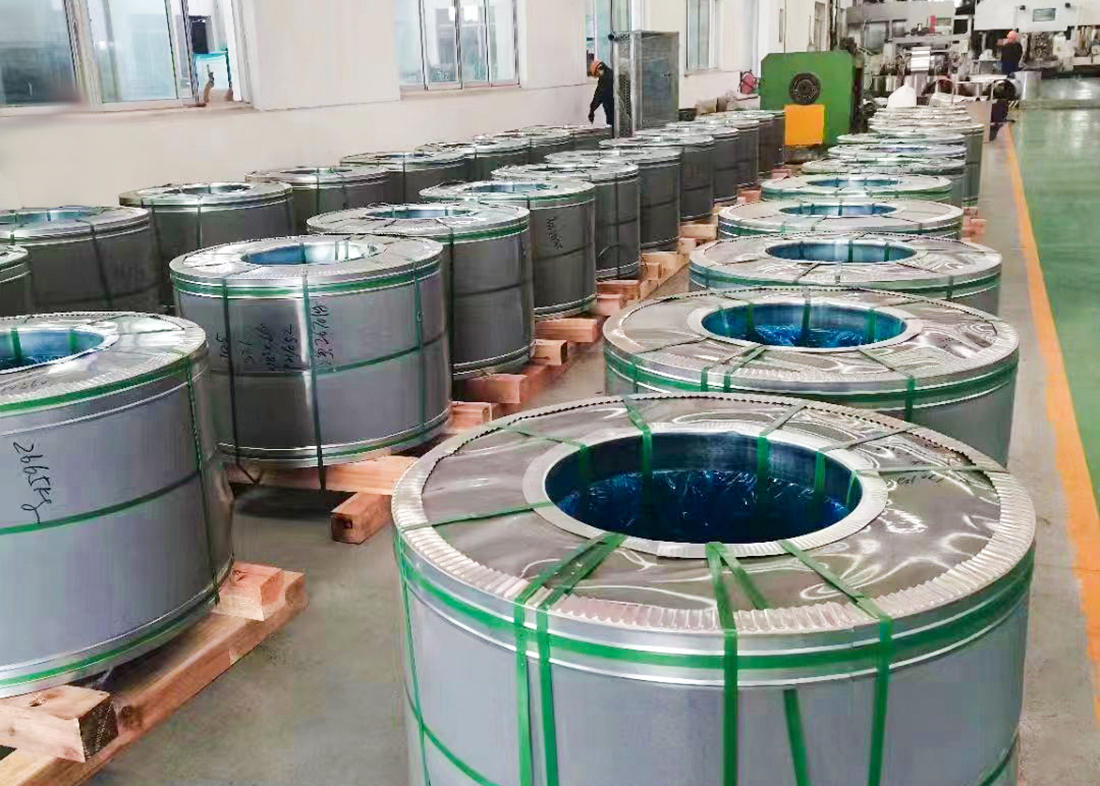
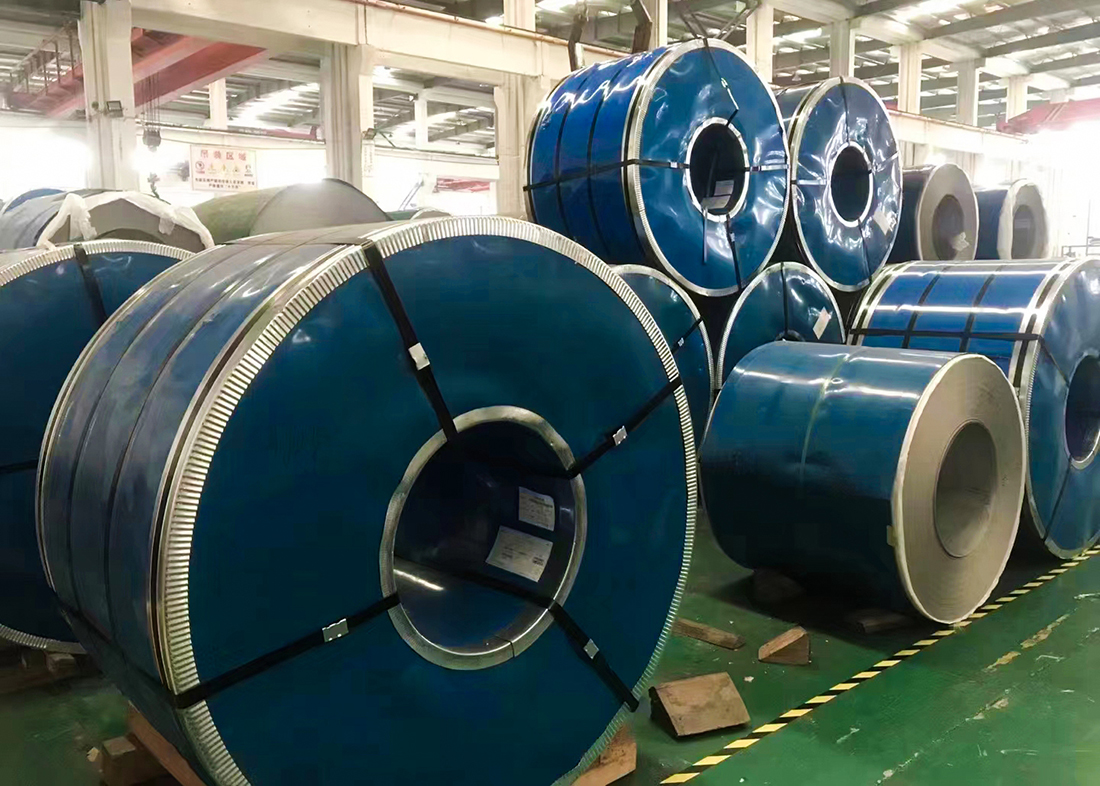
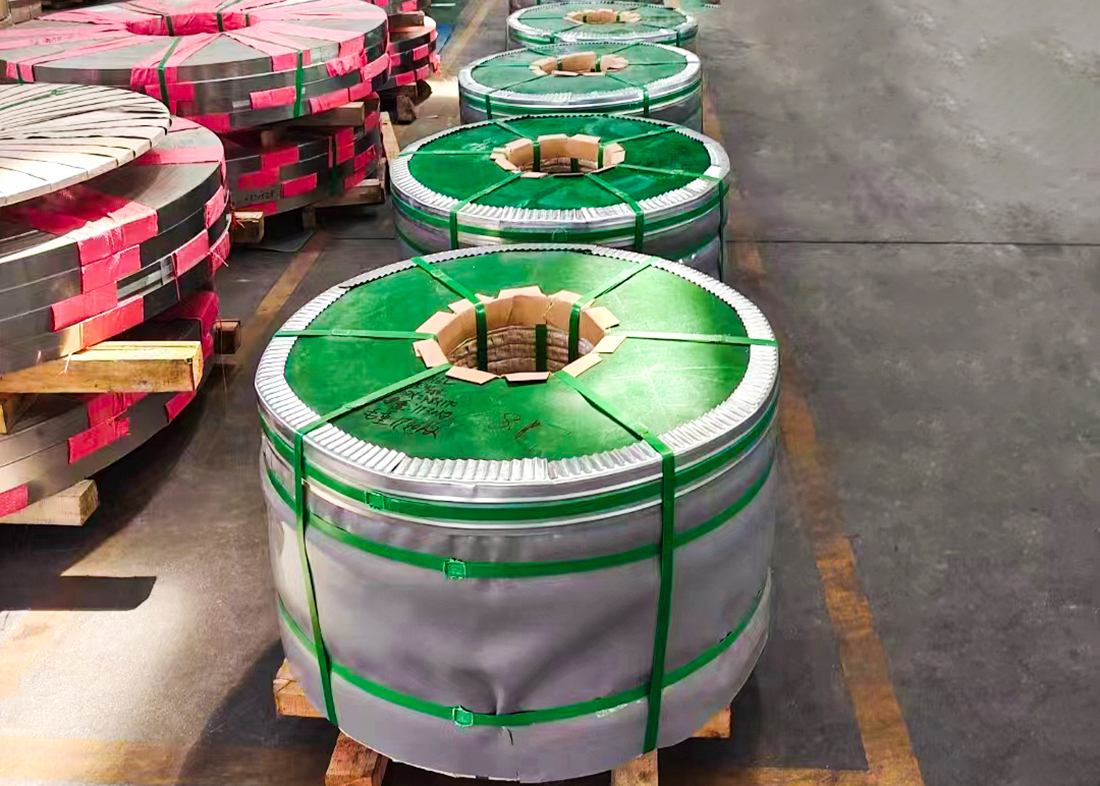


 Add WeChat
Add WeChat
 Contact us
Contact us
 The phone
The phone